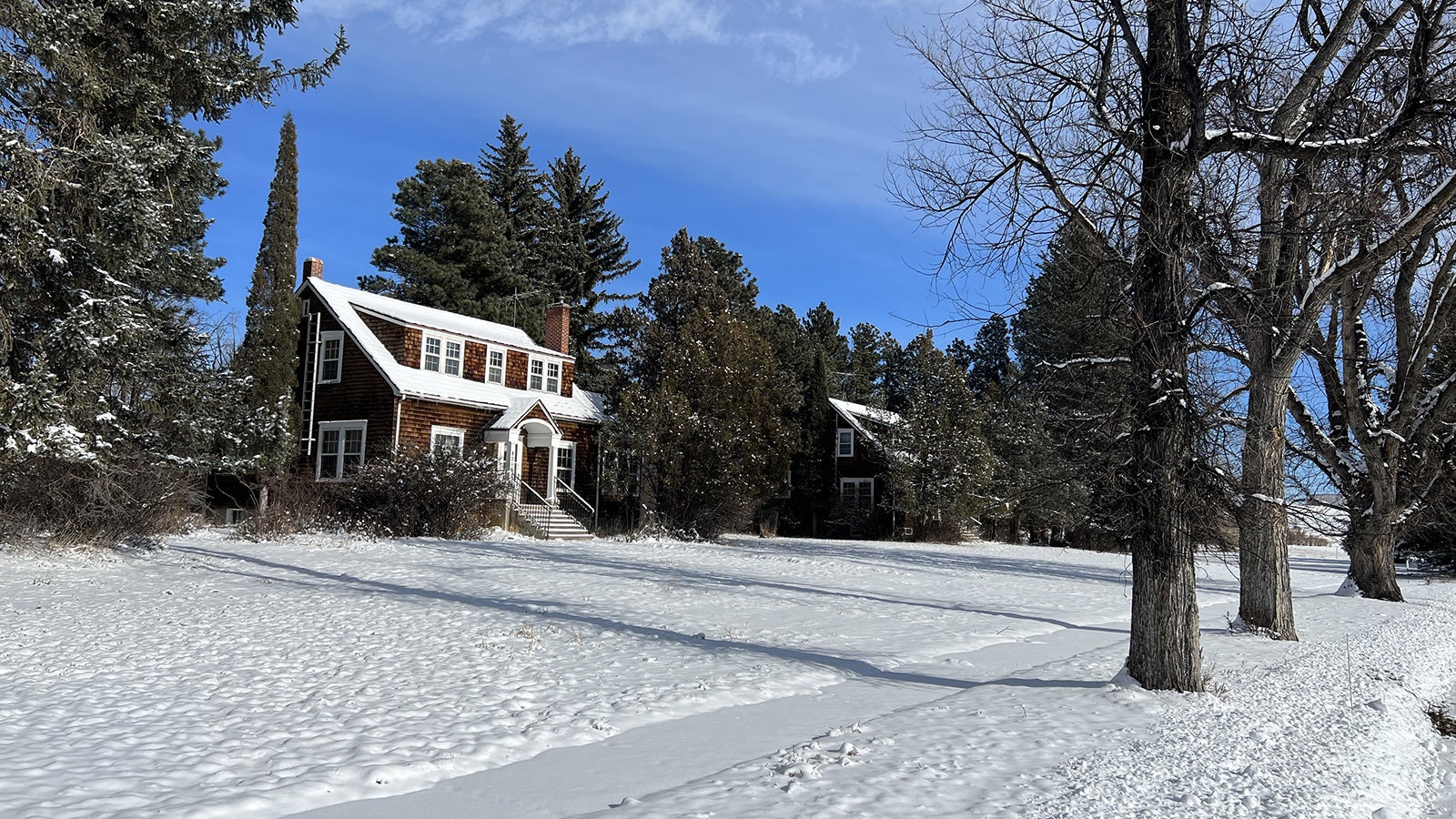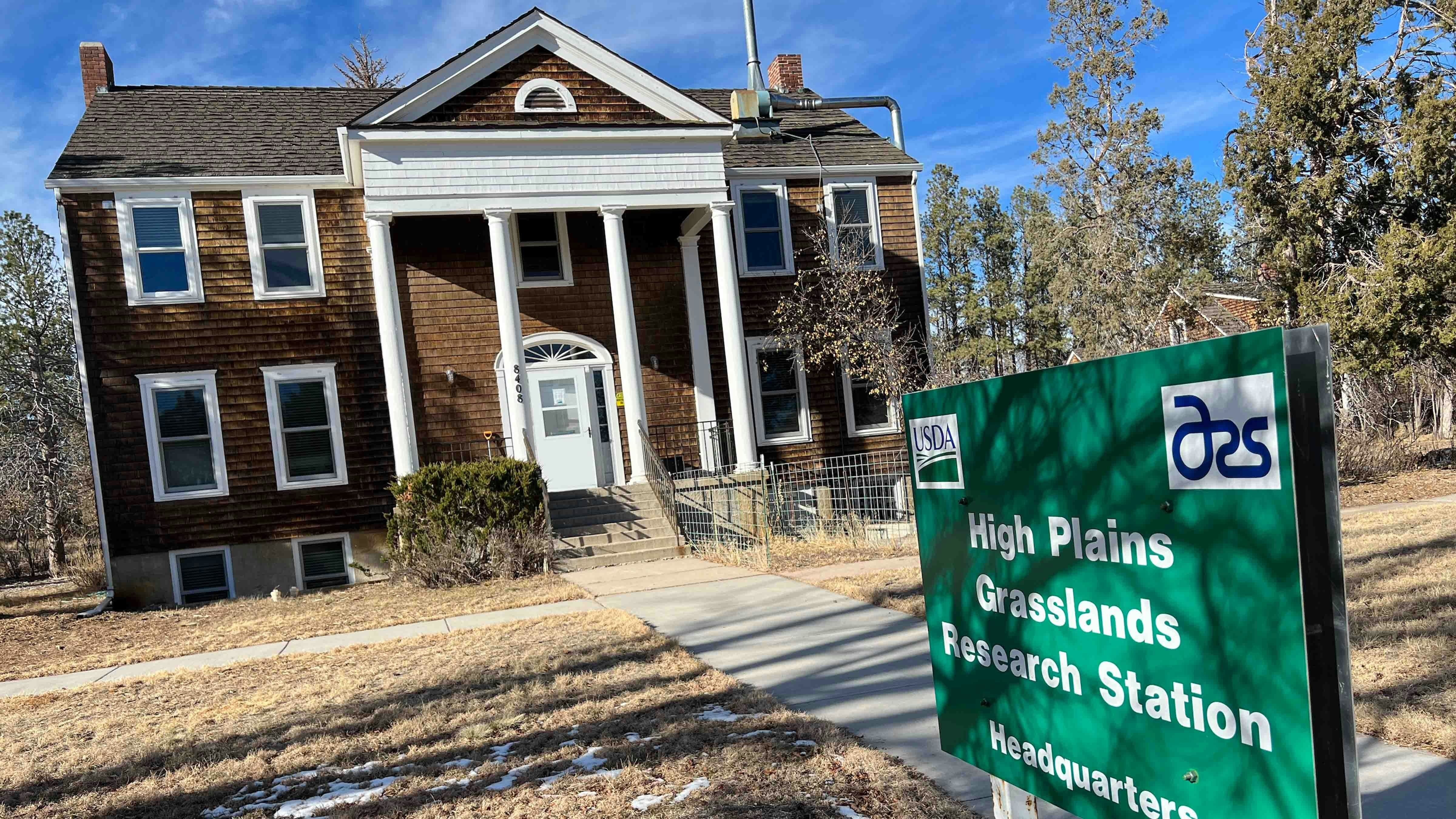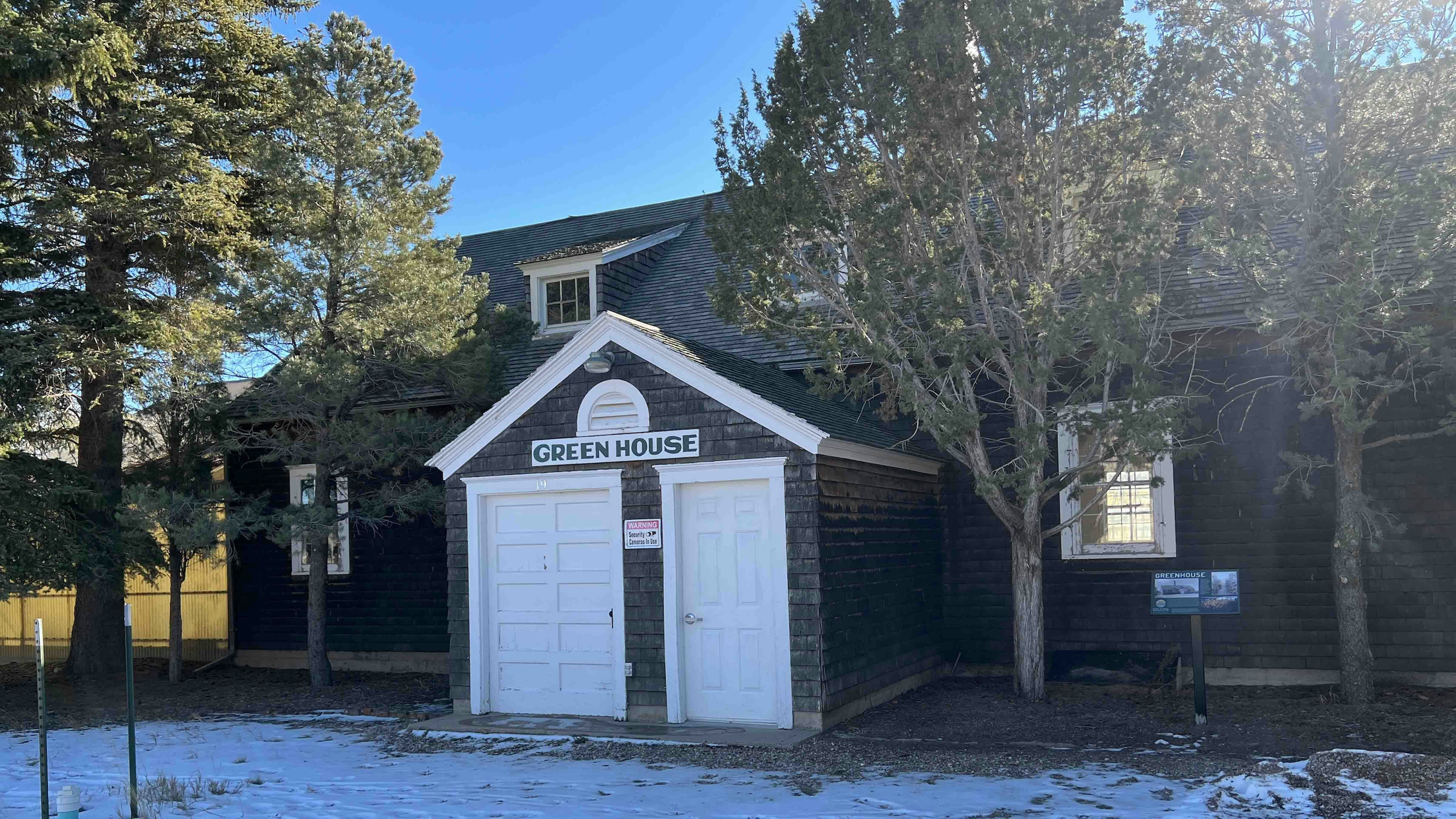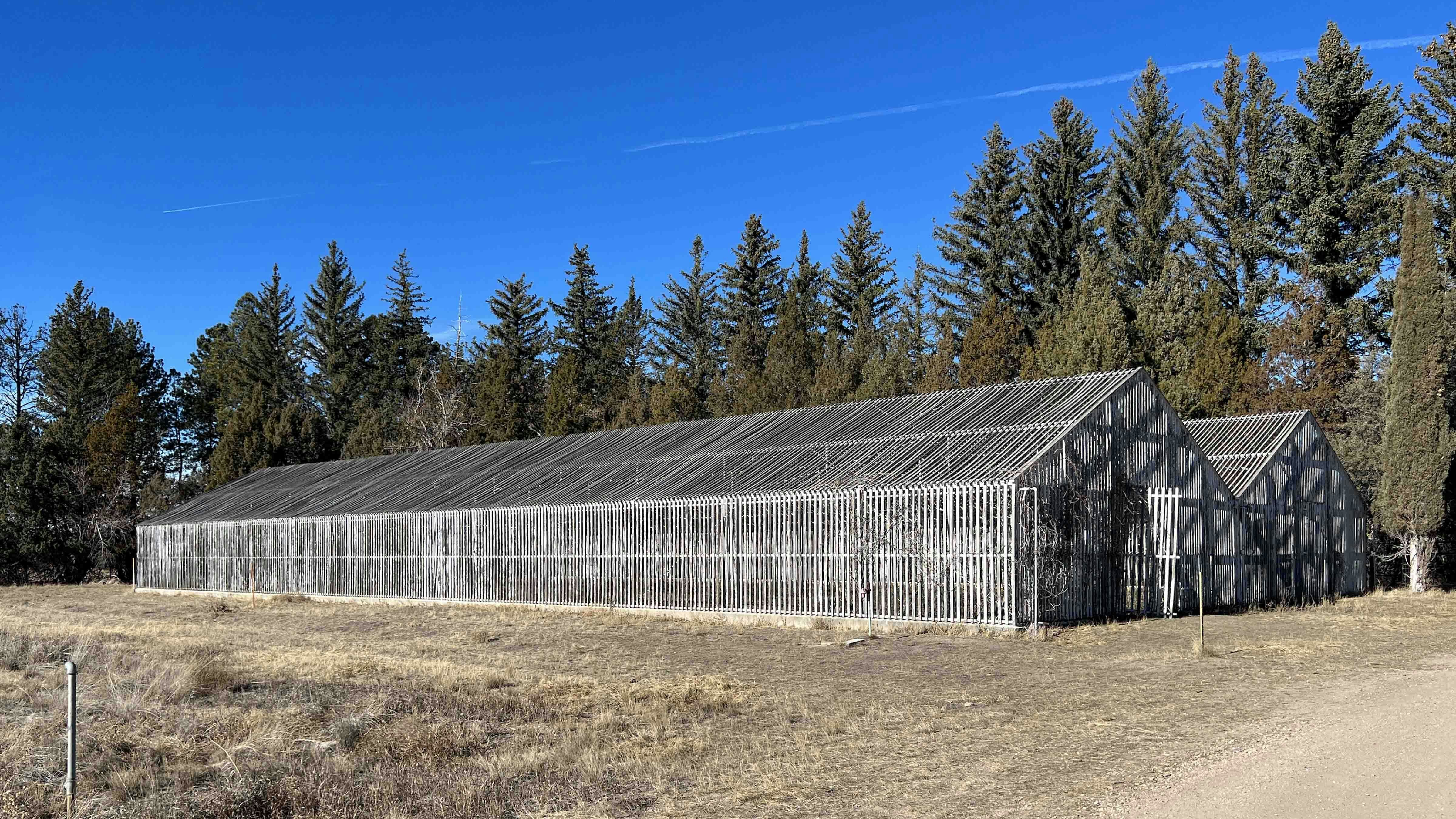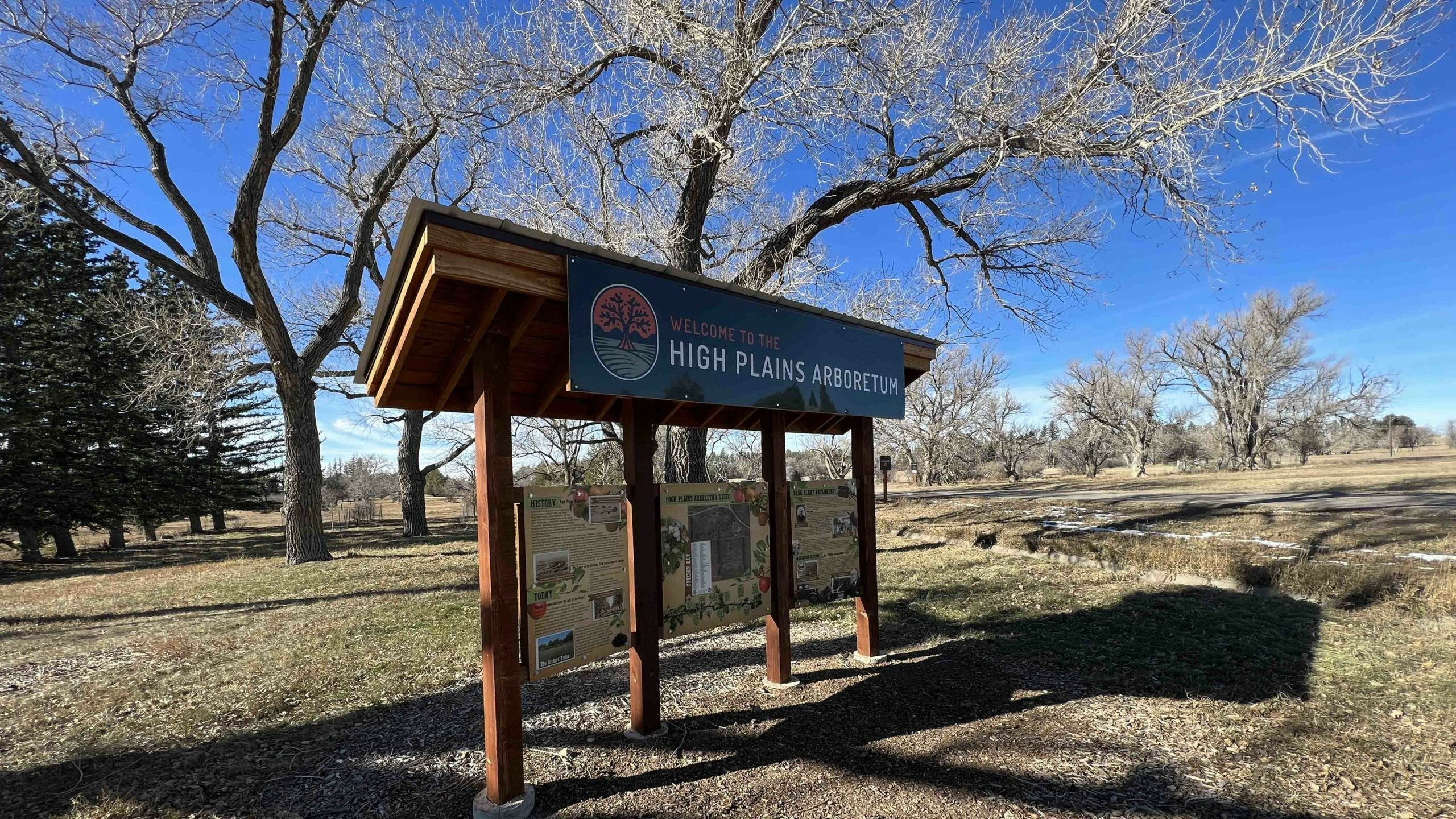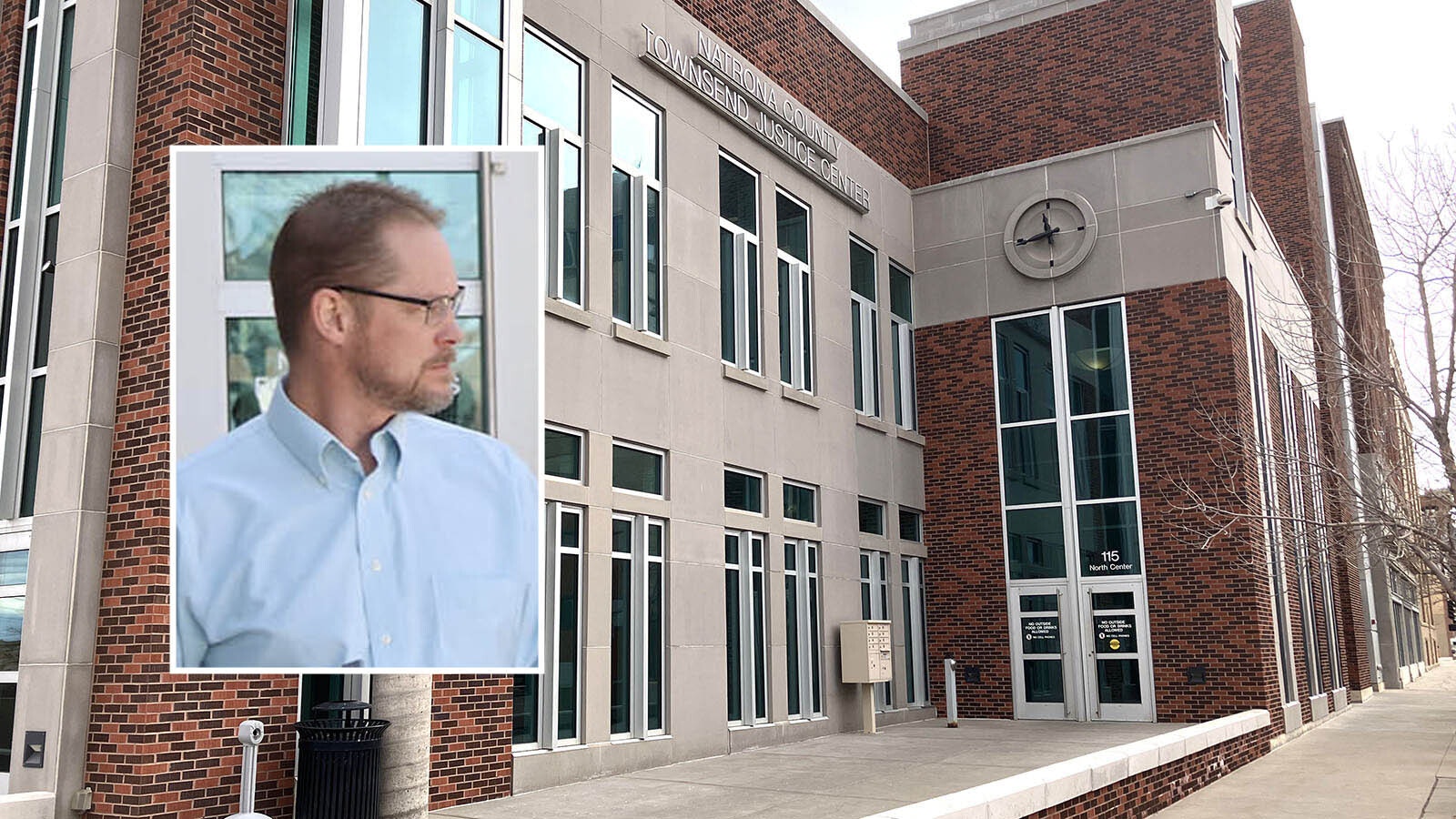It had seemed there was no solution for saving a row of picturesque homes in Cheyenne that once housed employees at the USDA’s Agricultural Research site, but things are looking up.
A bill is being filed for the upcoming legislative budget session that would designate the High Plains Arboretum a state historic site. That would potentially make it easier to restore the vacant homes on the grounds, as well as other infrastructure no longer in use by the USDA-ARS field station, including the greenhouses.
Cowboy State Daily was told late last year that there was a stipulation in the agreement between the city of Cheyenne and the USDA that the city couldn’t seek a historic designation for the land.
However, thanks to a dialogue begun by state Reps. Al Sommers, R-Pinedale, and Bob Nicholas, R-Laramie, with Wyoming State Parks and other stakeholders, a new door is opening on possibilities for a designation.
Jessica Friis, Cheyenne Botanical Gardens horticulturist, told Cowboy State Daily that USDA has decided it’s now willing to allow the designation for structures that the federal agency is not going to use any more.
That would put between five to six buildings squarely under a new partnership between Cheyenne, Wyoming State Parks and Cheyenne Botanical Gardens.
Friis said the overall vision for the site is to turn it into an interpretive center. The work begun in the 1930s to identify plants that grow well in Wyoming and other arid Great Plains states could also potentially continue at the site under the new partnership.
“The city would continue to take care of the trees, and we could get the greenhouses restored,” Friis said. “And we could actually even start growing more trees out there again to, you know, grow trees that typically do well in this area.”
Indiana Jones Meets Plant World
The USDA-ARS station established in Cheyenne in the late 1920s had an unusual mission at the time.
While most USDA-ARS sites were focused on agricultural research, the Cheyenne site was part of a new mission to help improve quality of life in the West. Researchers were to identify flowers, fruits and vegetables that would not just grow, but thrive in a place that had high wind and low rain — the opposite of what most plants want and need.
The researchers who carried out that mission were the Indiana Joneses of the plant world at the time, according to Cheyenne Botanic Gardens founder Shane Smith.
They would go on long — and often dangerous — trips to remote places like Siberia and Mongolia in their search for plants that like it in Wyoming.
“They would go to war zones, dodging bullets, some of their Sherpas — the people who helped I call them Sherpas, the people who helped them haul stuff — and their donkeys got shot in the crossfire,” Smith said.
The botanists would get off trains in small villages where they would visit farmers markets, collecting the fruits and vegetables that would have seeds they could take back home with them.
Once home, they did their own research on the plants, but they would also send the plants on to other research sites, and the Cheyenne field station was a favorite.
“The reason for Cheyenne being more important than the other stations is because they quickly realized that Cheyenne’s the worst, most challenging climate of the three (Great Plains) states,” Smith said. “Cheyenne became the acid test for plants. If something came from Cheyenne, they knew it could probably survive, from Montana to Amarillo.”
A Living Museum
Many of the trees planted in the early 1930s still stand at the Arboretum. They’ve withstood not only what researchers have had to throw at them, but also a little bit of an unintended science experiment. After the mission was abandoned, the trees and shrubs were no longer intentionally watered or cared for. The specimens that yet exist there have thus endured decades of neglect and drought. They are true pioneers and survivors.
Sommers was among lawmakers given a tour of the site a few years ago, he told Cowboy State Daily. He was particularly impressed with all of the little signs still there on some of those trees, identifying the year when they were planted. Most of them had dates in the early 1930s.
“I really believe this is an incredible historic site,” Sommers said. “I think it’s amazing when you have a living, literally a living history museum of plants.”
Meanwhile, the vacant homes on the site, which were last occupied in 2016, are also in really good condition, said Deputy Director of State Parks Nick Neylon.
“They need work before they could be livable gain,” he told Cowboy State Daily. “But considering their age and how long they’ve been empty, they’re in really good shape.”
The work to create a state historic and interpretive center would ultimately be guided by an overall master plan, Neylon said. The bill that’s working its way through the Legislature simply seeks authority to sign memorandums of understanding with partners interested in making the project happen.
“There are a lot of different entities that have an interest in the Arboretum,” he said. “This is a place that’s probably had an effect on every single ranch in the state of Wyoming over its 100-year history, as well as many communities. It’s a place that has almost unlimited potential to continue to have impact not eh entire state as we move forward.”
Public Meeting Planned To Share More Details
The site would involve 877 acres in all, and has gone through the usual site criteria process that Wyoming requires of a potential state historic site, said Christina Bird, Wyoming State Parks Historic Sites & Trails district manager for Laramie County.
She has been spearheading the charge to turn the Arboretum into a state historic site. One of the things that makes the project not only exciting but also practical is that the site has potential for its own water source.
“There’s a small reservoir that could feed the trees and water the plants that would be at the Arboretum,” Bird said.
She’s also excited about all the potential partnerships. In addition to the city of Cheyenne and the Cheyenne Botanic Gardens, the Girl Scouts have a camp at the site, and the Laramie County Conservation District has also expressed interest.
“The site has so much history that’s important to the entire state,” she said. “We’re not tree experts, so we would continue to rely on partnerships with state forestry and the Botanic Gardens to help care for the historic trees. But there’s just so much at the site in addition to the trees, including the historic buildings, the Civilian Conservation Corps sites, campsites, and some of the older waterworks in Laramie County. There’s just lots of cool things.”
Bird has planned a public hearing 7 to 8 p.m. Tuesday at Wyoming State Museum, 2301 Central Ave., to talk about the shared vision for the Arboretum that Cheyenne Botanic Gardens and Wyoming State Parks are developing.
Renée Jean can be reached at renee@cowboystatedaily.com.

